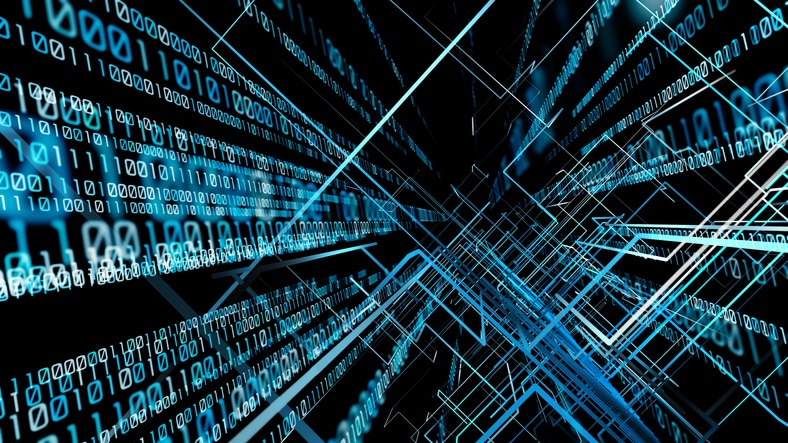
IP Theft and National Security
IP Theft and national security have been in the news a lot of late. Most of this news has been centered around the activities of the Chinese military. As a result commercial and defense technologies are at risk. Fortunately, the United States has implemented a number of measures aimed protecting sensitive information.
Cybersecurity and Infrastructure Security Agency (CISA)
In 2018 President Donald Trump signed into law legislation creating the Cybersecurity and Infrastructure Security Agency (CISA). This action enhanced the mission of the the National Protection and Programs Directorate (NPPD) which was founded in 2007. CISA provides programs and services to help the public and private sectors understand and manage risk associated with cybersecurity.
This activity pertains to the security of Intellectual Properties (IP) and the security of infrastructure assets. CISA with the National Risk Management Center (NRMC) works to identify, analyze, and prioritize significant risks to IP and infrastructure. As a part of its activities regularly releases advisories and articles to inform the public of cyber developments and agency initiatives.
Cybersecurity Maturity Model Certification (CMMC)
The CMMC was created to ensure a cyber-safe, cyber-secure, and cyber-resilient defense industrial base. The defense industry supply chains are comprised of organization that vary in size and capabilities. The CMMC was implemented largely due to the failure of industry to implement systematized approaches to cybersecurity.
CMMC establishes a tiered system of certification that suppliers and contractors must have to conduct business on defense contracts. This system requires Department of Defense (DoD) contractors to implement a NIST SP 800 171 cybersecurity framework.
National Institute of Science and Technology (NIST)
The National Institute of Science and Technology (NIST) has conducted research and development to protect information systems. It does this by providing standards, guidance, mechanisms, tools, metrics and best practices. Specific areas of involvement include cryptography, security engineering, and risk management.
CVG Strategy
CVG Strategy is concerned about IP theft and national security. The theft of intellectual property cost businesses billions of dollars a year. This economic espionage is a security risk for all sectors of our society. As a result, we are committed to helping organizations implement effective Information Security Management Systems (ISMS). A properly designed ISMS can allow your organization to assess risk and establish processes to proactively engage cybersecurity practices. Contact us today to see how we can help.





